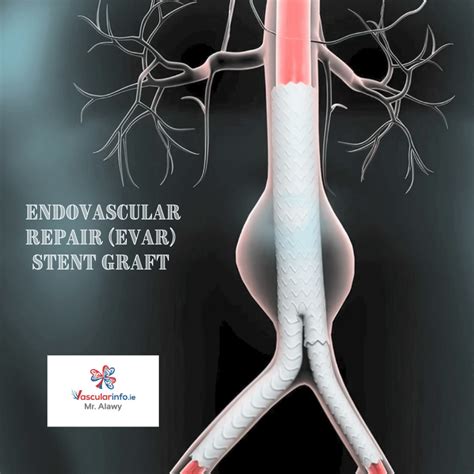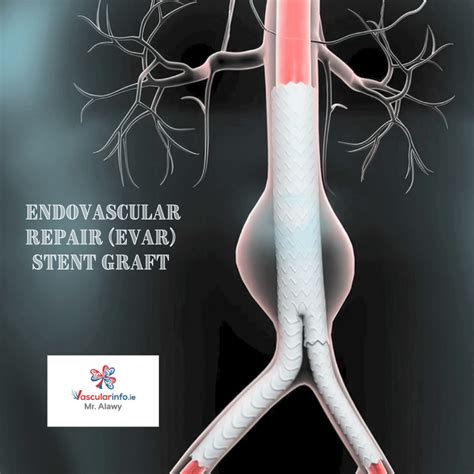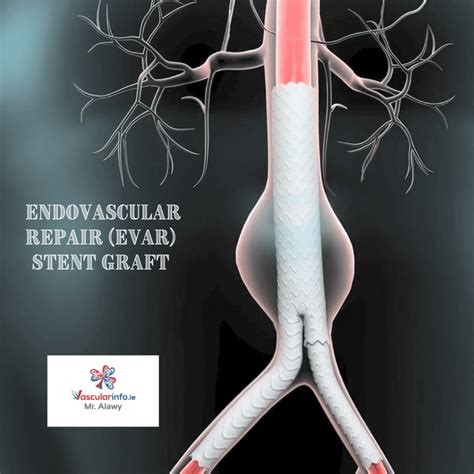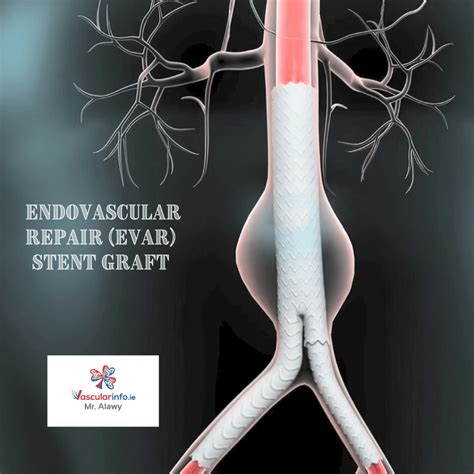Intro
Learn about Endovascular Aneurysm Repair, a minimally invasive procedure using stent grafts to treat aortic aneurysms, reducing risks and promoting vascular health through endovascular surgery and intervention.
The endovascular aneurysm repair procedure has revolutionized the treatment of abdominal aortic aneurysms, offering a minimally invasive alternative to traditional open surgery. This innovative approach has significantly improved patient outcomes, reducing recovery time and minimizing the risk of complications. As a result, endovascular aneurysm repair has become an increasingly popular treatment option for individuals diagnosed with abdominal aortic aneurysms. The procedure's effectiveness and safety have been extensively studied, and its benefits are well-documented in medical literature. With ongoing advancements in technology and technique, endovascular aneurysm repair is poised to continue playing a vital role in the management of abdominal aortic aneurysms.
The importance of addressing abdominal aortic aneurysms cannot be overstated, as these conditions can have severe consequences if left untreated. Abdominal aortic aneurysms occur when the aortic wall weakens, causing the artery to balloon out and potentially rupture. This can lead to life-threatening bleeding, making prompt treatment essential. Endovascular aneurysm repair offers a timely and effective solution, allowing patients to avoid the risks associated with open surgery. By understanding the procedure's mechanics, benefits, and potential complications, individuals can make informed decisions about their treatment options.
Abdominal aortic aneurysms are relatively common, affecting approximately 1 in 50 individuals over the age of 50. While some aneurysms may not produce symptoms, others can cause pain, discomfort, or other issues. In severe cases, aneurysms can rupture, leading to catastrophic consequences. The endovascular aneurysm repair procedure provides a safe and effective means of addressing these conditions, minimizing the risk of rupture and related complications. As medical technology continues to evolve, the treatment of abdominal aortic aneurysms is likely to become even more sophisticated, offering improved outcomes for patients.
What is Endovascular Aneurysm Repair?

Benefits of Endovascular Aneurysm Repair
The benefits of endovascular aneurysm repair are numerous, making it an attractive treatment option for individuals with abdominal aortic aneurysms. Some of the key advantages include: * Minimally invasive: The procedure involves small incisions, reducing the risk of complications and promoting faster recovery. * Reduced risk of infection: The minimally invasive nature of the procedure decreases the risk of infection, which is a common concern with open surgery. * Less pain: Patients typically experience less pain and discomfort during and after the procedure, improving their overall quality of life. * Shorter hospital stay: Endovascular aneurysm repair often requires a shorter hospital stay, allowing patients to return home and resume their normal activities sooner.How Does Endovascular Aneurysm Repair Work?

Risks and Complications
While endovascular aneurysm repair is generally considered safe, there are potential risks and complications associated with the procedure. These may include: * **Endoleak**: A type of leak that can occur when blood flows into the aneurysm sac, potentially leading to further expansion. * **Graft migration**: The endoprosthesis can migrate, causing it to become dislodged or malfunction. * **Infection**: As with any surgical procedure, there is a risk of infection with endovascular aneurysm repair. * **Allergic reactions**: Some patients may experience allergic reactions to the materials used in the endoprosthesis.Who is a Candidate for Endovascular Aneurysm Repair?

What to Expect After Endovascular Aneurysm Repair
After undergoing endovascular aneurysm repair, patients can expect to experience: * **Mild discomfort**: Patients may experience mild discomfort, swelling, or bruising at the access site. * **Monitoring and follow-up**: Patients will be monitored for potential complications and undergo follow-up imaging tests to ensure the success of the procedure. * **Medication**: Patients may be prescribed medication to prevent blood clots or manage other medical conditions. * **Lifestyle modifications**: Patients may need to make lifestyle modifications, such as quitting smoking or exercising regularly, to promote overall health and well-being.Conclusion and Future Directions

What is the success rate of endovascular aneurysm repair?
+The success rate of endovascular aneurysm repair is generally high, with studies suggesting that the procedure is successful in approximately 90% of cases.
What are the potential risks and complications of endovascular aneurysm repair?
+Potential risks and complications of endovascular aneurysm repair include endoleak, graft migration, infection, and allergic reactions.
How long does it take to recover from endovascular aneurysm repair?
+Recovery time from endovascular aneurysm repair can vary, but most patients can expect to return to their normal activities within 1-2 weeks.
We invite you to share your thoughts and experiences with endovascular aneurysm repair in the comments section below. If you have any questions or concerns, please do not hesitate to reach out to us. Additionally, we encourage you to share this article with others who may be interested in learning more about this innovative treatment option. By working together, we can promote greater awareness and understanding of endovascular aneurysm repair, ultimately improving patient outcomes and saving lives.
